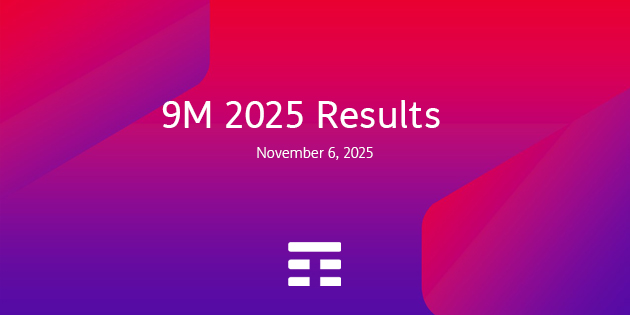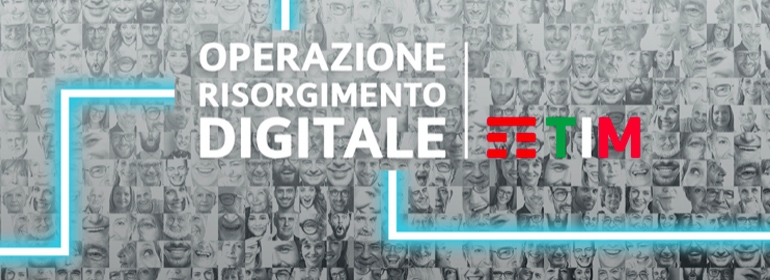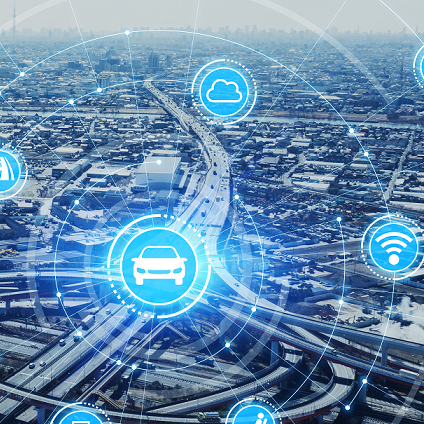The internet has revolutionised the world, or rather, part of it. On our planet, 53% of people are internet users and can enjoy all the advantages of the net. That percentage is lower than we might imagine, for two principal reasons.
The first is the digital divide between different countries and continents, a divide caused mainly by differences in infrastructure. Ninety-four per cent of Northern Europeans are internet users, but just 68% of South Americans and 36% of South Asians are. In Central Africa just 12% of people are on the net (source: "We Are Social" report).
These disparities are due mainly to economic factors and a paucity of proper infrastructure in some areas of the world, which are still struggling to really join the new digital age. But there is another kind of digital divide, closer to home, within individual countries. This is the gap between urbanised and more rural areas, young and old, and many other groups.
Even in the United States, the country that pioneered the internet, 12% of the population has still never used the net. In 34% of cases, these are people over the age of 65. The figure drops off to 2% among those aged 18 to 40 (source: Pew Research). And in Italy? Things are actually a bit worse. About 21% of Italians do not use the internet (source: Eurostat). That's not all. Italy is 24th out of the 28 countries in the EU when it comes to going digital. That's because a quarter of families don't have a PC and less than four in ten Italians shop online (source: Istat, Eurostat). Nonetheless, 80% of Italian houses have access to ultrabroadband and 99% of the country is covered by 4G.
Here too, the least connected section of the population is men and women over 50, often with low levels of education, who mainly live in small towns and villages. But why is it important to involve more and more citizens in the digital transformation? One reason is that having a big proportion of Italians who do not use online services forces the public administration to continue to keep using paper for many things, with all its downsides in terms of costs and efficiency. Another is that they can't enjoy all the potential of the Internet of Things and 5G.
These are just a couple of the reasons why it is important to further digital education and enable Italy to become a smart nation in all senses: faster, simpler and more efficient. In a word, more connected. Among the projects to spread the internet in Italy is one organised by TIM, called "Risorgimento Digitale".







